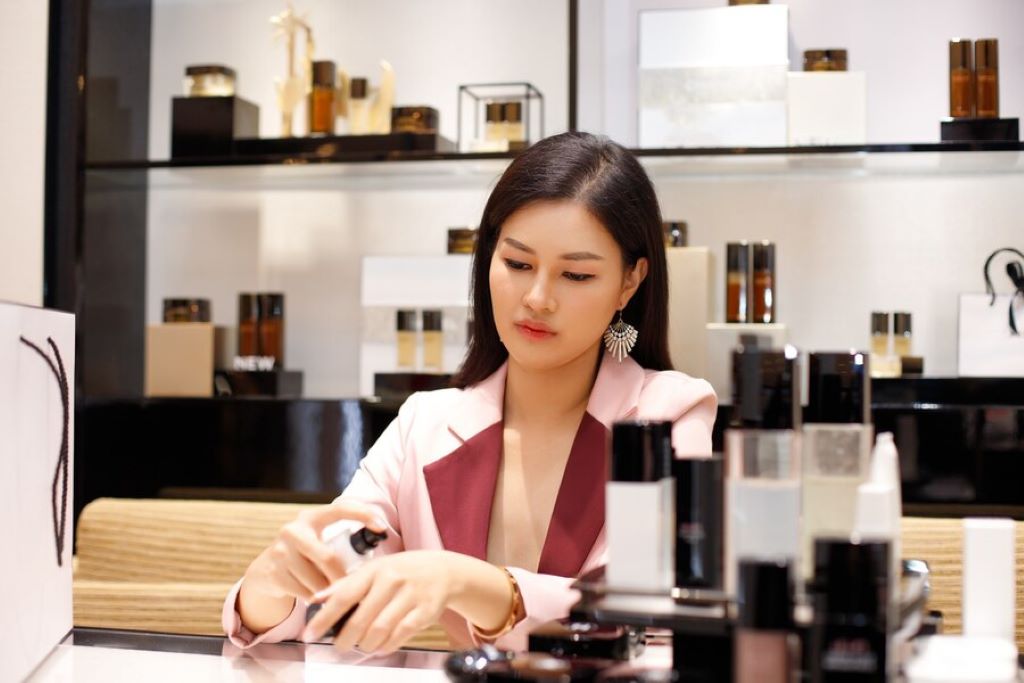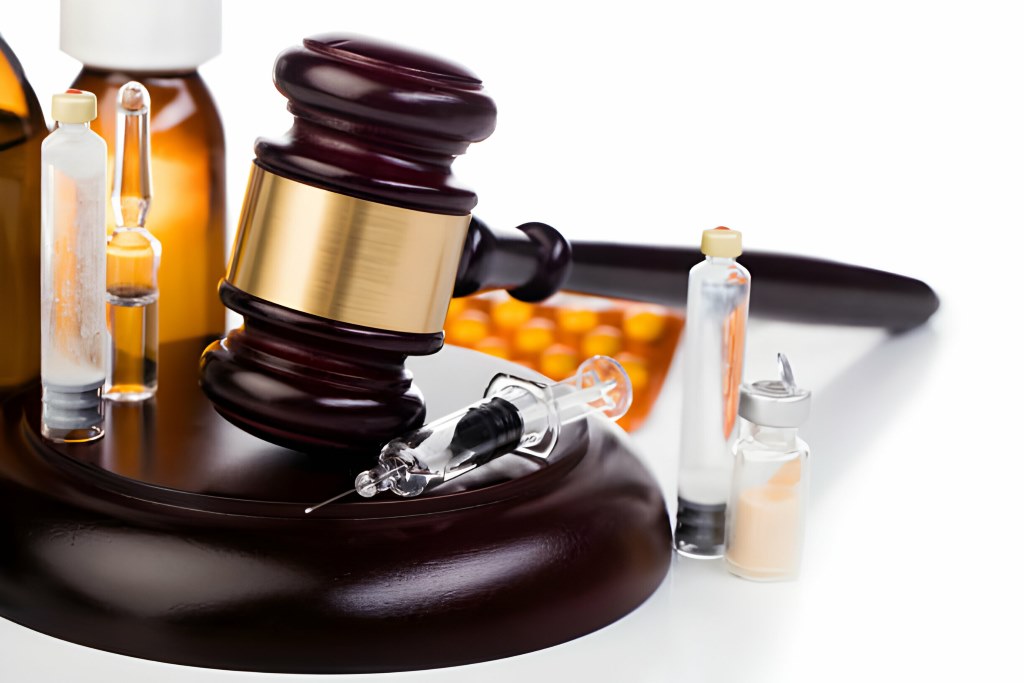The skincare industry has experienced a surge in demand over recent years, with consumers increasingly prioritizing self-care and wellness. However, behind the allure of radiant skin lies a complex landscape of regulations governing the manufacturing and distribution of skincare products.
Navigating these regulations is crucial for companies to ensure product safety, efficacy, and compliance with legal standards.
Regulatory Framework
Here we explore the key components of the regulatory framework governing skincare product manufacturing, from FDA regulations and ingredient safety standards to good manufacturing practices and labeling requirements.
1. FDA Regulations
In the United States, the Food and Drug Administration (FDA) regulates skincare products under the Federal Food, Drug, and Cosmetic Act (FD&C Act) and the Fair Packaging and Labeling Act (FPLA). Products such as moisturizers, cleansers, and acne treatments fall under the jurisdiction of the FDA.
2. Ingredient Safety
Skincare manufacturers must adhere to regulations regarding the safety of ingredients used in their products. Certain substances, such as parabens and phthalates, are subject to scrutiny due to potential health risks. For example, the European Union has banned the use of certain parabens in cosmetic products.

3. Good Manufacturing Practices (GMP)
Compliance with GMP ensures that skincare products are manufactured, packaged, and labeled consistently and safely. GMP regulations cover various aspects of production, including sanitation, personnel training, and quality control.
4. Labeling Requirements
Accurate and transparent labeling is essential for informing consumers about the contents and usage of skincare products. Labeling requirements include listing ingredients in descending order of concentration, providing warnings for potential allergens, and avoiding misleading claims.
5. International Standards Adoption
Harmonizing regulations across borders is critical for facilitating global trade and ensuring consistent standards for skincare product safety and efficacy. Embracing international guidelines, such as those established by the International Organization for Standardization (ISO) and the Cosmetic Ingredient Review (CIR), can help streamline compliance efforts for manufacturers operating in multiple jurisdictions.
By adopting internationally recognized standards, regulatory bodies can enhance consumer protection while promoting innovation and market access on a global scale.
6. Monitoring and Surveillance
Effective monitoring and surveillance mechanisms are essential for detecting and addressing potential risks associated with skincare products post-market. Regulatory agencies must establish robust systems for adverse event reporting, product testing, and surveillance of emerging trends in product safety and efficacy.

Continuous monitoring enables timely intervention in cases of product recalls, safety alerts, or regulatory enforcement actions, thereby safeguarding public health and maintaining consumer confidence in the skincare industry.
Examples of Compliant Products
- CeraVe Hydrating Facial Cleanser: This popular cleanser from CeraVe complies with FDA regulations and is formulated with ceramides and hyaluronic acid for gentle cleansing and hydration. Its label clearly lists all ingredients and includes instructions for use.
- Kojic acid powder: Kojic acid powder is a prime example of an ingredient subject to regulatory scrutiny in skincare product manufacturing. Kojic acid from Talsen Chemicals is renowned for its skin-lightening properties, making it a sought-after component in products targeting hyperpigmentation and dark spots. Skincare companies incorporating kojic acid into their formulations must carefully adhere to ingredient safety regulations and labeling requirements to ensure consumer safety and compliance with legal standards.
- Neutrogena Oil-Free Acne Wash: Neutrogena’s acne wash is manufactured in accordance with GMP standards and contains salicylic acid to treat and prevent breakouts. The product’s label includes warnings for skin irritation and sun sensitivity, as well as directions for use.
- The Ordinary Niacinamide 10% + Zinc 1%: This serum from The Ordinary adheres to ingredient safety regulations and is formulated with niacinamide and zinc to improve skin texture and minimize blemishes. Its minimalist packaging includes a detailed ingredient list and usage instructions.
Challenges and Future Outlook
Navigating the regulatory landscape of the skincare industry presents a myriad of challenges for manufacturers and regulators alike. One of the primary hurdles is the lack of harmonization among regulatory standards across different regions.
Varying requirements and guidelines pose complexities for companies operating in multiple markets, necessitating extensive resources to ensure compliance with diverse regulatory frameworks.
1. Adapting to Technological Advances
As the skincare industry embraces technological innovations and scientific advancements, regulatory agencies face the daunting task of evaluating the safety and efficacy of novel ingredients and formulations.
Rapid developments in biotechnology, nanotechnology, and gene editing present both opportunities and challenges, requiring regulators to stay abreast of emerging trends and methodologies for assessing product safety.
2. Combatting Counterfeiting and Non-Compliance
The proliferation of counterfeit and non-compliant skincare products poses significant risks to consumer health and safety while undermining the integrity of legitimate brands.
Strengthening enforcement measures, enhancing supply chain transparency, and educating consumers about the dangers of purchasing counterfeit goods are essential steps in combating this pervasive issue and safeguarding public health.

3. The Role of Consumer Demand
Changing consumer preferences and increasing demand for clean, sustainable, and ethically sourced skincare products are driving industry-wide shifts towards greater transparency and accountability.
Manufacturers are under pressure to reformulate their products, adopt eco-friendly practices, and adhere to cruelty-free standards in response to growing consumer awareness and advocacy for ethical and environmentally conscious skincare options.
Future Outlook
Despite the challenges, the future of skincare regulation holds promise for innovation, collaboration, and market transformation. By embracing technological advancements, fostering regulatory harmonization, and prioritizing consumer safety and transparency, the skincare industry can navigate regulatory complexities effectively while driving sustainable growth and advancing global skincare standards.
In conclusion
Navigating regulations in skincare product manufacturing is essential for ensuring consumer safety and regulatory compliance. By adhering to FDA regulations, ingredient safety standards, GMP guidelines, and labeling requirements, skincare companies can develop products that meet legal standards while promoting skin health and wellness.




